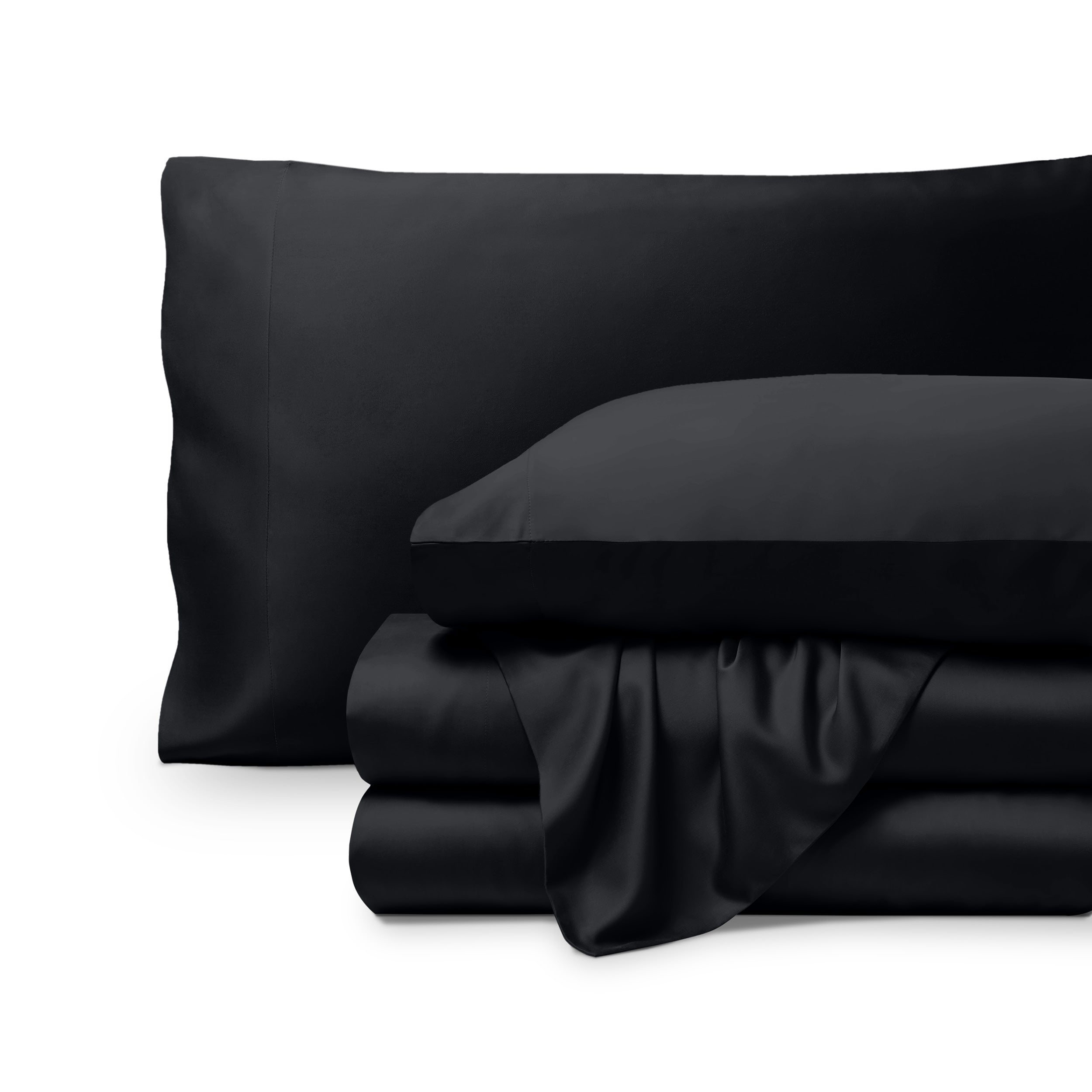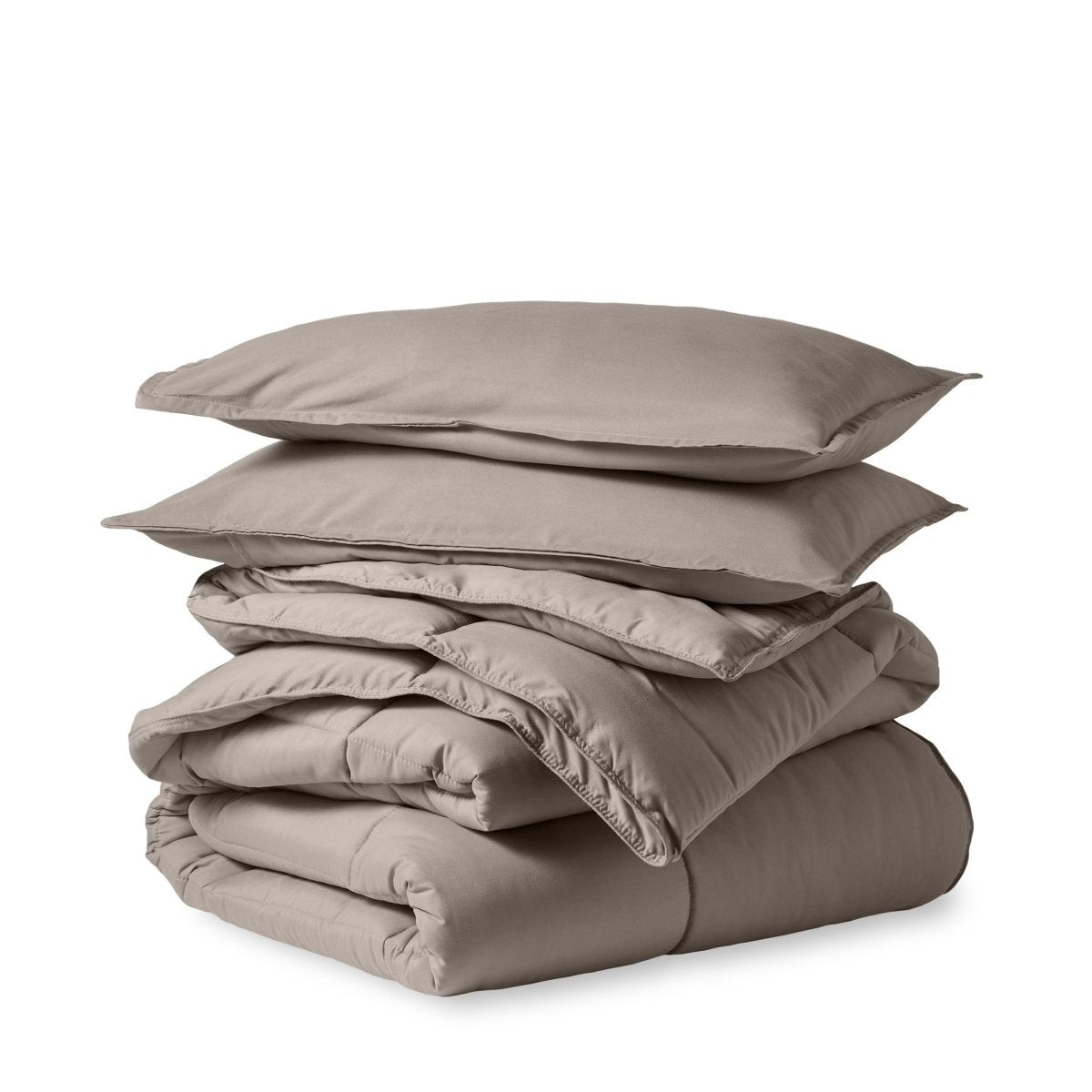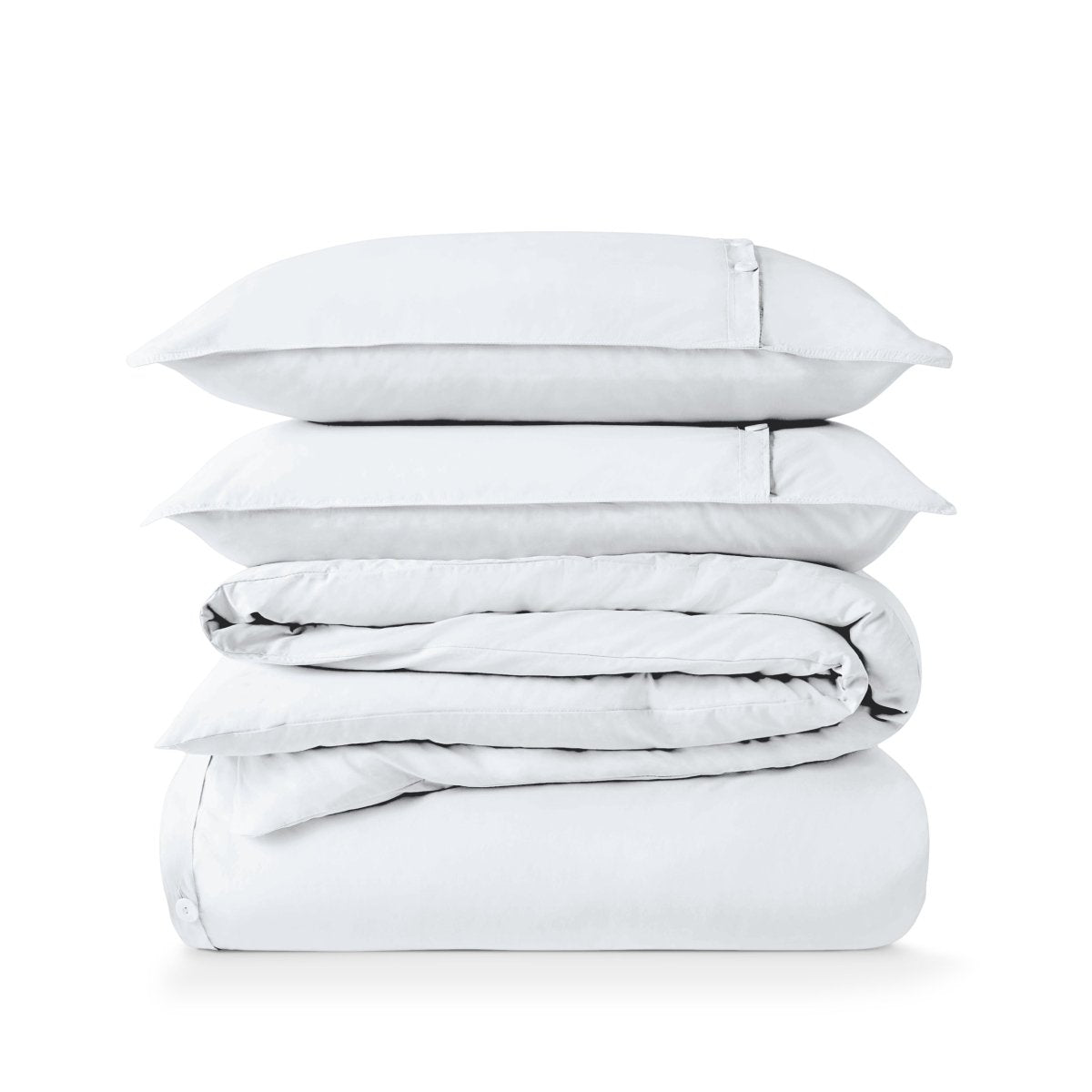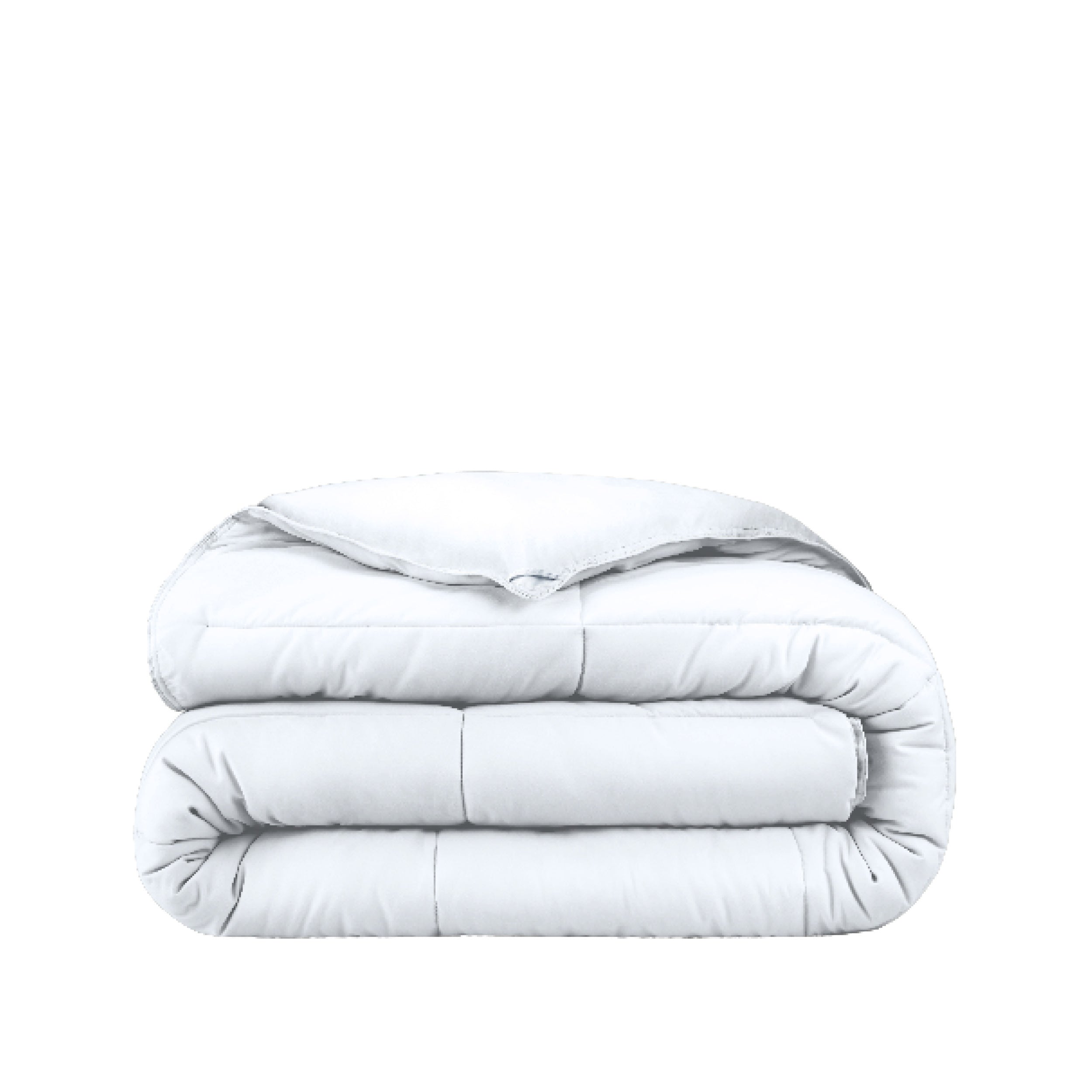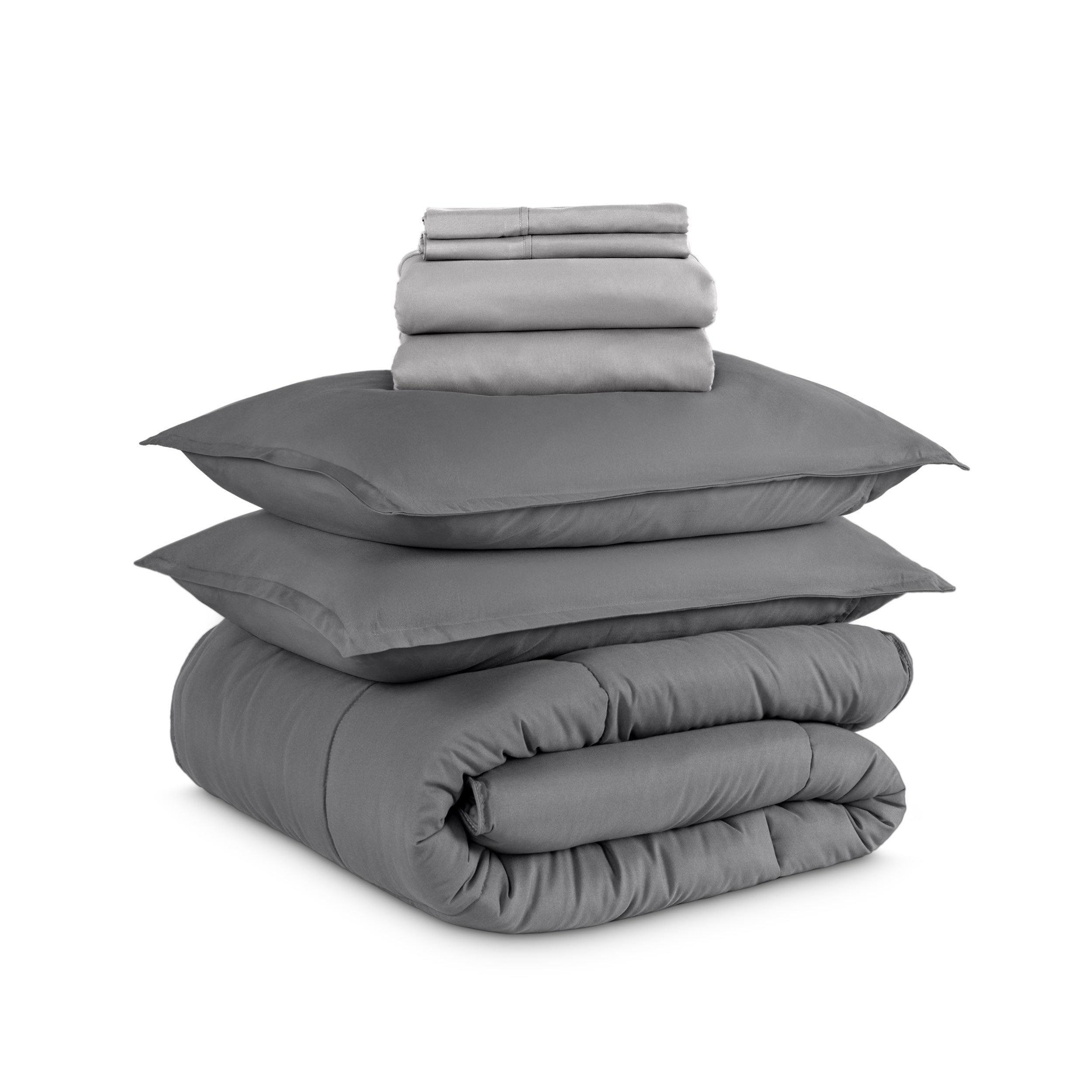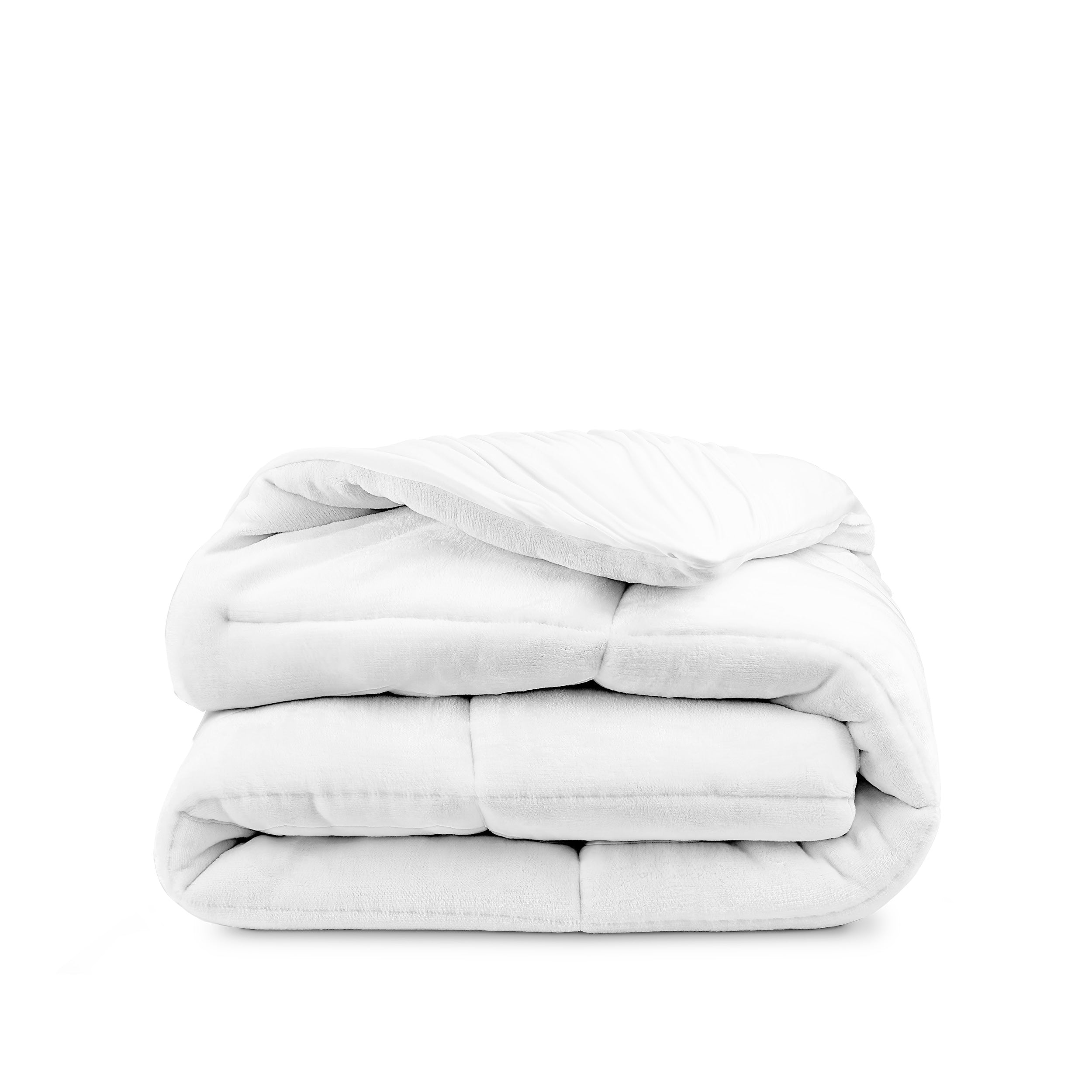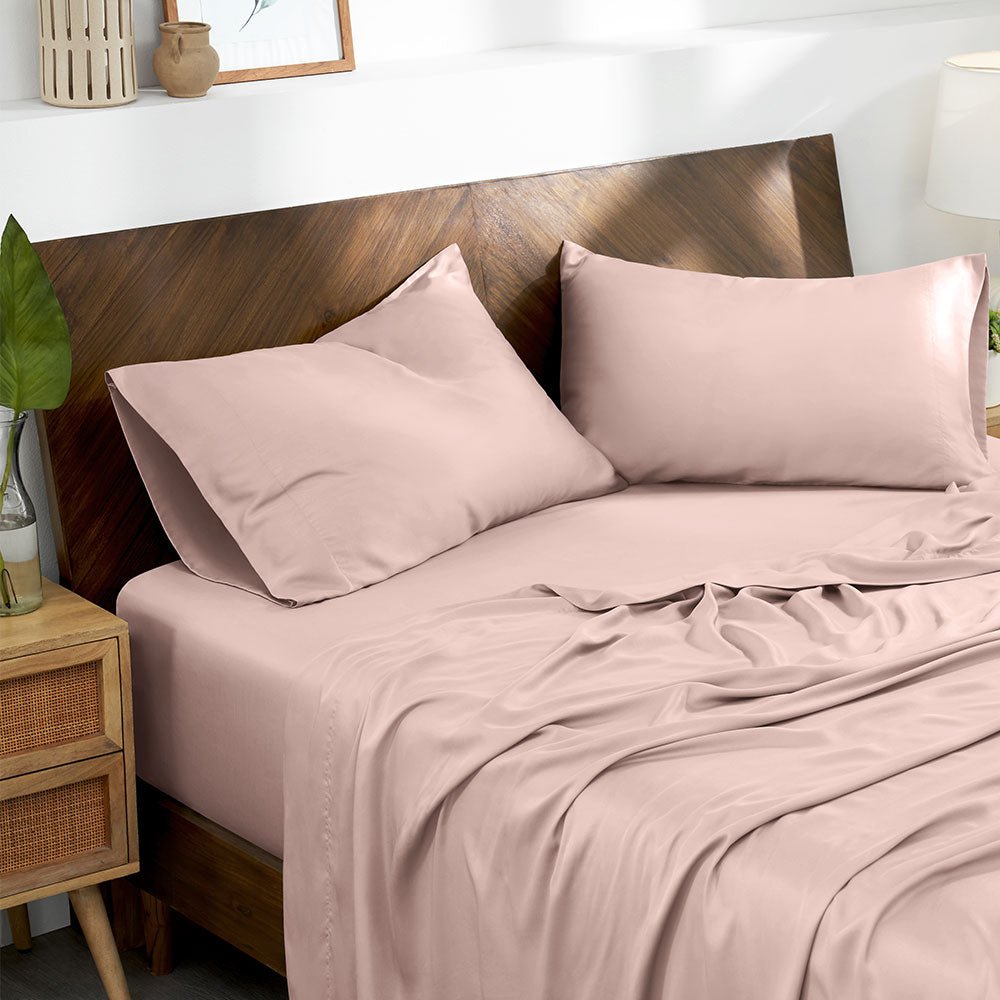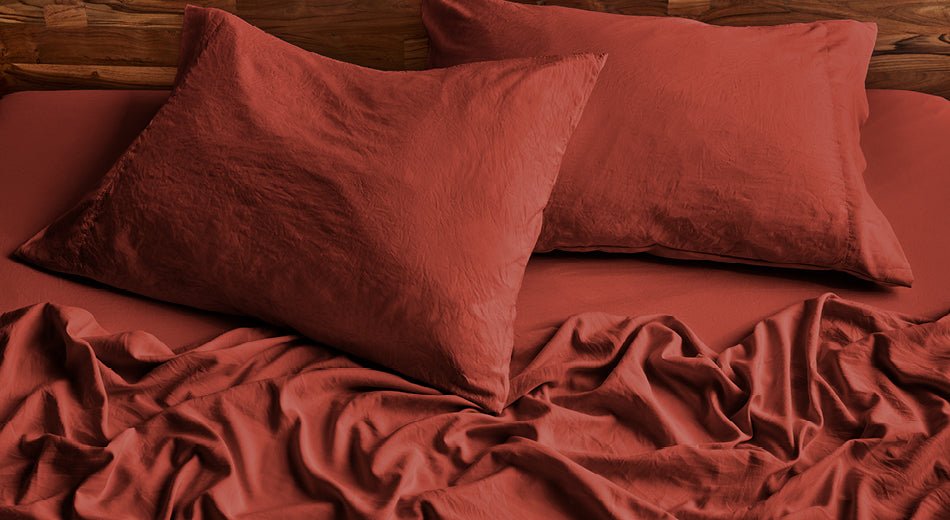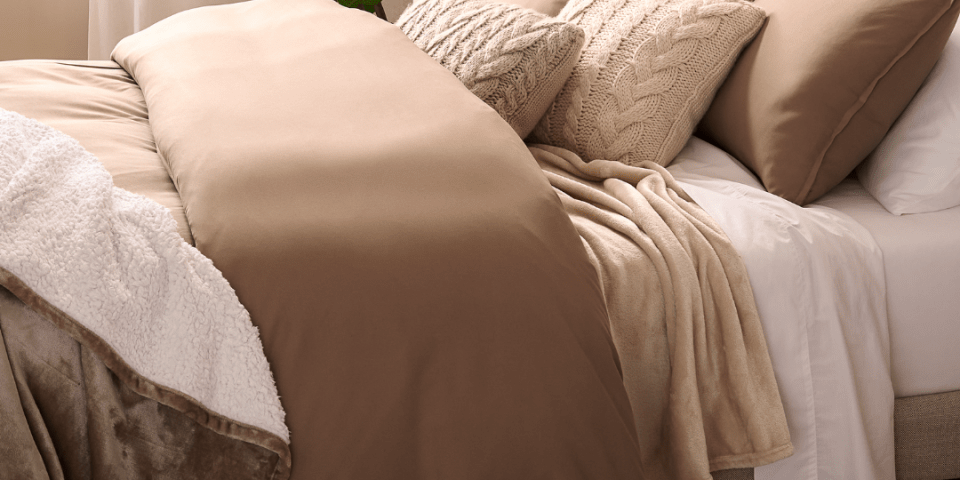Have you ever stopped to think about the color red? What comes to mind when you see it? Red is a powerful color that can evoke strong emotions, that also has a rich history behind it. In this post, we'll be discussing the story of red and its significance throughout the years, including its cultural meanings and how it shows up in the world around us. Stay tuned as we give the (ahem) red carpet treatment to our favorite primary color.
The Meaning of the Color Red
Red is often associated with passion, violence, and danger. In fact, many warning signs are colored red to grab our attention and make us aware of potential danger (red flag, anyone?). But red didn't always carry such intense connotations.
For much of human history, red was considered to be a very positive color. In ancient China, for example, red was the color of good luck and prosperity. It was also worn by brides on their wedding day as a symbol of celebration and fertility.
Today, the color red still carries a variety of meanings and associations. For some it represents love and romance, while others see it as a sign of strength and power. Whatever our personal association with red may be, there's no denying that it is one of the most vibrant and eye-catching colors in the spectrum.
"Red is the ultimate cure for sadness."
-Bill Blass
Red in the Natural World
There are few colors as vibrant and alive as red. In nature, it can be found in the brilliantly hued petals of red roses, the shining scales of fish, and the brilliant plumage of birds. It is also a popular color for gems and minerals, with rubies and garnets being among the most sought-after stones.
Red has the longest wavelength of any color in the visible spectrum and is filtered easily through the atmosphere. This is why it is often associated with the fiery glow of the sun, as well as the muted tones of a sunset. Whether it is found in the warm hues of a summer day or the cool shades of autumn, red is a color that always manages to stand out.

Beyond the Physical
There is more to this vibrant hue than meets the eye. Red also has a deep connection to the metaphysical and spiritual realms.
Red is the color of blood and fire. It is associated with the root chakra, which is our center of grounding and stability. When we are feeling balanced and centered, we typically have a strong red presence in our aura. However, when we are feeling disconnected or out of sorts, our red energy can become scattered or diminished.
Red is also the color of Mars, the planet of action and energy. When we are working hard to manifest our goals, we can invoke the energy of Mars by surrounding ourselves with red. This can help us to tap into our personal power and get things done!
Color Psychology
But there is more to red than just physical energy. This color also has a deep connection to our emotions and patterns of behavior. Red is linked to passion, sexuality, and anger. It is a very expressive color that can help us to access our deepest feelings and desires. When we are working through tough emotions like rage or jealousy, incorporating red into our healing process can be extremely helpful.
Spirituality
Red also has a spiritual side. In many traditions, it is seen as the color of life force energy or Source itself. When we meditate on the color red, we are tapping into a primal creative power that can help us to manifest our highest potential. We can use red to connect with our divine nature and remember who we truly are at our core.
Whether you are looking for physical strength and vitality or emotional insight and transformation, connecting with the color red can be beneficial in many ways. Let this powerful hue help you to access your true nature today!

Red in Art & Design
Art
From the earliest cave paintings to modern art, red has been used by artists to express a wide range of emotions. In Europe during the Middle Ages, red was often used in portraits of religious figures such as Jesus and the Virgin Mary. During the Renaissance, artists began to use a wider range of colors, but red continued to be popular for its ability to add drama and emotion to a painting.
In the 19th century, the French artist Paul Cezanne famously used red in his paintings of still lifes and landscapes. And 20th-century artists like Pablo Picasso and Mark Rothko used red in their abstract paintings to convey feelings of passion and energy. Today, the use of color in art is more varied than ever before, but the power of red remains as strong as ever.
Design
Red is often used as an accent color in interior design, but it can also be used to create a bold and dramatic look. When used in large doses, red can add energy and vibrancy to a space. It’s also been shown to stimulate the appetite, making it a popular choice for dining rooms and kitchens. If you’re looking to make a statement with your décor, red is the perfect color to use. Here are some tips for incorporating red into your home’s design:
- Use red as an accent color: Add a pop of red with accessories, art, or upholstery. This is an easy way to incorporate the color without going overboard.
- Use contrasting shades of red: Experiment with different shades to create various effects. Bright red will add energy to a space, while a darker shade can create a more intimate feel.
- Use red in strategic locations: Some studies have shown that the color red can increase heart rate and blood pressure, so use it sparingly. Focus on using it in key areas like accent walls or entryways.
With its ability to add drama and vibrancy, red is a great choice for those looking to make a bold statement with their interior design. Keep these tips in mind when incorporating this vibrant hue into your home.
Inspiration
While you may think that it is unwise to use the color red in a space that is meant to be calming and restful, red bedding can create a warm and cozy feeling. Here, we review at some red-inspired looks from our collection.

A red Microfiber duvet set looks striking against a neutral background. The contrast draws the eye and highlights the bed as the focal point of the room.

Use red as an accent with a cozy blanket. Our sherpa fleece can be used on its own or layered with our coordinating sheets and duvets.

Flannel in a solid red looks as warm and toasty as it feels. Pair with a patterned duvet or quilt as a final touch.
Conclusion
Red is such an interesting color with many meanings and symbolism. It can be used to express a wide range of emotions, and it has a deep spiritual meaning in many traditions. In art and design, red is often used to create a bold and dramatic look. When used in large doses, red can add energy and vibrancy to a space. From bright hues to darker shades, if you’re looking to make a statement with your décor, red is the perfect color to use.

